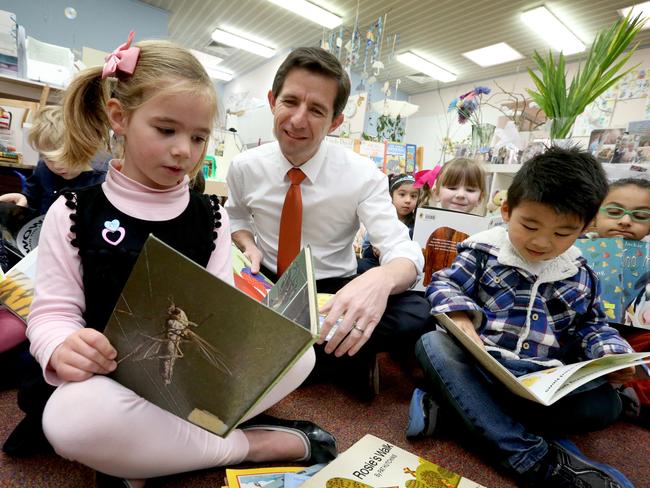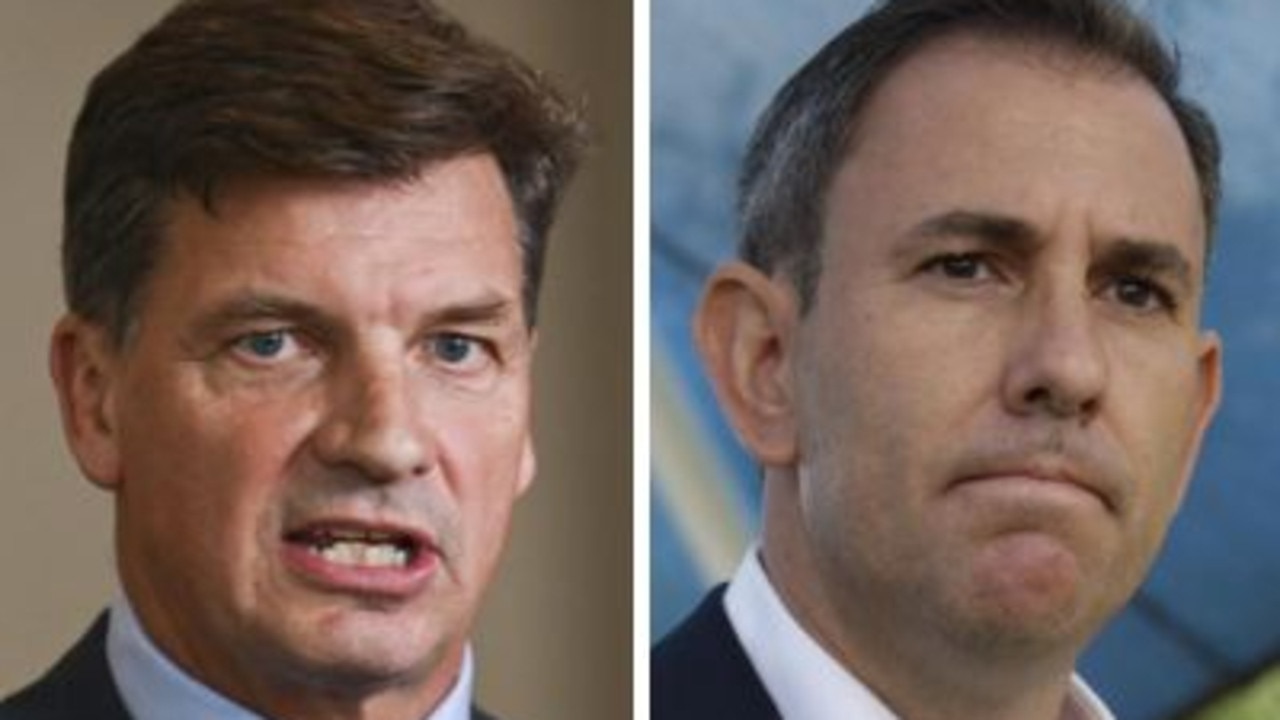Why private school funding should be cut
WHEN parents are paying $30,000 a year to send their children to school, taxpayers should not be chipping in.
Fed Budget
Don't miss out on the headlines from Fed Budget. Followed categories will be added to My News.
SOME private schools are “absolutely” getting too much taxpayers money after being identified as being over-resourced as far back as the 1990s.
Bronwyn Hinz, a policy fellow at the Mitchell Institute, said some private schools were getting too much public funding and this had been identified by the Howard government many years ago.
She said the Howard government had overseen the development of the “socio-economic status” model, which has been criticised for favouring private schools.
But Dr Hinz believes the system was fairly accurate in assessing the needs of schools.
The problem was, the Howard Government decided to ignore it.
“A lot of schools were found to be getting too much funding,” Dr Hinz said of the model’s findings.
But the Cabinet made the “political decision” not to cut funding to any of the schools.
“One explanation is that the Cabinet decided it didn't want to have the legacy of reducing funding to private schools,” she said. It probably didn’t help that many of the richer schools were located in safe Coalition seats. “It was a political decision.”
This meant there was less funding to go round to other more needy schools.
The Gonski school reforms didn’t help matters much as the Gillard government promised no school would lose a dollar.
This meant over-resourced schools were allowed to keep their funding. The Gillard government instead relied on inflation to bring down the level of funding over time.
But in some cases, it was forecast to take 100 years before a school’s funding would be low enough to be in line with the base level of funding suggested under the Gonski response plan.
Education Minister Simon Birmingham noted this problem during an appearance on Q&A on Monday night when he said: “Some schools that are notionally overfunded take more than 100 years to come into alignment with the current funding model”.
Mr Birmingham is trying to negotiate a new model with the states, and said it was possible that some private schools could be worse off. Understandably, he refused to produce a “hit list” when pressed further on the issue.

The targeting of private schools became deeply unfashionable after former Labor leader Mark Latham drafted a “hit list” of affluent schools during the 2004 election campaign.
He wanted to cut funding to 67 elite schools, and freeze funding for a further 11, as a way of boosting public education.
Schools targeted included the King’s School and Pymble Ladies College in Sydney, Caulfield Grammar and Melbourne Grammar in Victoria, and Adelaide’s Scotch College.
Dr Hinz said she was encouraged by Mr Birmingham’s comments on Q&A and it was “indisputable” that some private schools were over-resourced.
The current Schooling Resource Standard sets funding per student per year about $12,000 with top ups for those who are disadvantaged, including if they live in regional areas, are of low socio-economic status, non-English speaking background, indigenous or have a disability.
“If other private schools charge over $20,000 or over $30,000 a year in fees, that’s two or three times what is considered a good amount of funding, I would argue that is over-resourced,” she said.
All governments have complained about having limited resources and this makes it important to target money to areas where it would have the greatest impact.
“Gonski made it clear that we are not matching resources where they’re needed,” Dr Hinz said.
“But public funding has been increasing to private schools at a faster rate than public funding to public schools.
“This suggests a mismatch of where funding is going, and where funding is needed.”
While Dr Hinz was glad to hear Mr Birmingham was willing to look at the issue, change would be difficult as most of the money for public schools comes from the state and territory governments, not the Federal Government.
Even if the Turnbull Government did draw up a “hit list” of private schools, it has minimal control over how its funds are directed.
“It’s pretty difficult administratively to attach conditions to the funding because the government doesn’t run schools,” Dr Hinz said. “It’s very complicated.”
Labor leader Bill Shorten has been critical of the government’s decision to back away from funding the last two years of the Gonski plan, which was the subject of talks in Adelaide involving state and territory education ministers.
“How out of touch is Malcolm Turnbull that he doesn’t understand that, regardless of whether or not you live in a harbourside mansion or western Sydney, giving kids the best start in life is the number one priority of any self-respecting government?” Mr Shorten said this week.
No formal funding offer has yet been put on the table but Mr Shorten is calling on the Commonwealth to honour its previous commitments under the Gonski model.
A deal is expected to be finalised at the first Council of Australian Governments meeting in 2017, likely to be in March or April.
Originally published as Why private school funding should be cut


